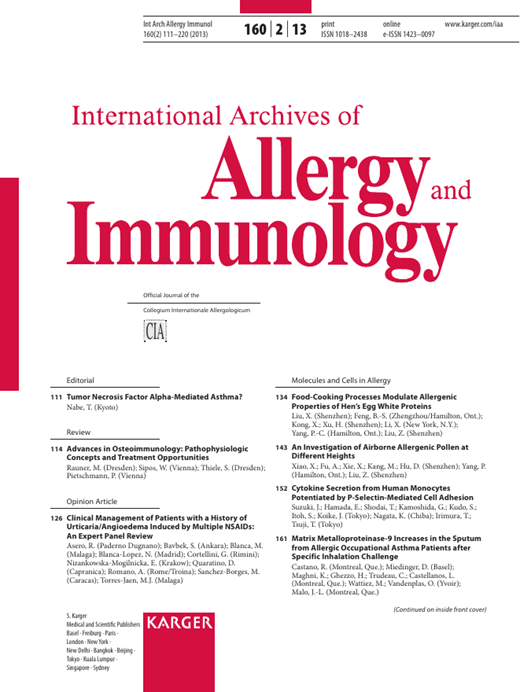- Joined
- Sep 10, 2012
- Messages
- 703
- Reaction score
- 991
Had a case recently that I'd like to throw out there.
I'm going post the full case at a later date when I get all my thoughts together, but for those of you who have treated true (or suspected) anaphylactic reactions in the OR, how quickly did patient bounce back with usual treatments? Epi, benadryl, pepcid, steroids, etc.
I'm going post the full case at a later date when I get all my thoughts together, but for those of you who have treated true (or suspected) anaphylactic reactions in the OR, how quickly did patient bounce back with usual treatments? Epi, benadryl, pepcid, steroids, etc.

